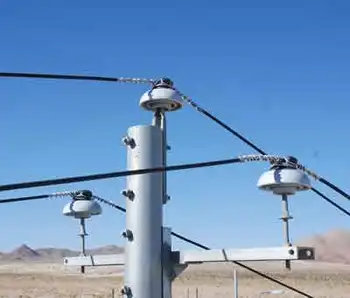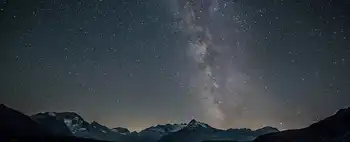Need to update the grid
By Washington Times
Protective Relay Training - Basic
Our customized live online or in‑person group training can be delivered to your staff at your location.

- Live Online
- 12 hours Instructor-led
- Group Training Available
Upgrading the electricity grid to handle the demands of a 21st-century economy is absolutely a worthwhile goal and a clear federal priority. The fear is that the Obama administration won't know how to do it.
The good news, for now at least, is that in a gargantuan bill designed to throw money at every priority a politician could dream up, taxpayers might not overspend for the grid. While $11 billion sounds like a lot of money, industry puts the figure needed for fixing the grid at roughly $60 billion to $75 billion. Is Washington's contribution seed money to get things started or just a down payment on what the Treasury ultimately will dole out? Time will tell.
The irony in the stimulus package's approach to grid investment is that private industry has long made clear its willingness to spend its own money to fix the grid as long as Washington allows utilities and transmission companies to do it the right way. What actually is needed from Washington in terms of fixing the grid isn't money, but leadership.
That leadership can't come soon enough. Even with robust energy efficiency and conservation measures, the U.S. economy will require 30 percent more electricity by 2030. As electricity expert (and former Democratic congressman) Glenn English points out, that's like adding four Californias to an antiquated and overly strained power grid.
In recent years we've seen rolling blackouts plague western states and massive power outages plunge Miami and the northeast into darkness. If the grid is incapable of handling our problems today, how much worse will it be two decades from now, when demand has jumped nearly one-third?
Exacerbating this challenge is the growing chorus to add more clean, renewable sources into our power mix. Wind and solar provide less than 1 percent of our electricity. Boosting that figure will necessitate siting installations in distant locales such as the deserts of the southwest or the windswept prairies of the Dakotas. Last year, a George W. Bush administration report garnered headlines for suggesting wind could supply 20 percent of our electricity by 2030. Less noted, but just as critical, was the report's call to construct a "transmission superhighway."
Today, that superhighway is at a dead end. Tufts economist Gilbert Metcalf notes that the tax code taxes income realized from investments in transmission more heavily than ordinary income, one reason companies have been reluctant to pour money into needed upgrades.
Moreover, Clinton-era regulations forced utilities to split themselves into transmission companies (whose rates were still regulated) and generation companies (whose rates no longer were). With rates strictly regulated (a prerogative jealously guarded by authorities at the state level) transmission companies further lacked incentive to invest in the maintenance and upkeep of their wires.
To unlock the needed investment for upgrades, we have to reform those regulations. We should start by bolstering the regulatory authority of the Federal Energy Regulatory Commission. First, give the FERC siting authority for worthy interstate transmission projects. Like other forms of interstate commerce, transmission shouldn't be held hostage to the parochial concerns of local regulators. FERC has ultimate siting authority when it comes to natural gas pipelines. Why not electric power lines as well?
Just as important, FERC should have widespread pricing authority to allocate the costs of large-scale transmission projects. Transmission rates customarily are determined by state public-service commissions. But who should pay for wires that cross state lines? Figuring out which ratepayers to bill and how to bill them is a crucial political challenge — another example of the leadership required in the Obama era.
Sorting out this regulatory tangle and giving private companies proper incentives to invest will yield fantastic results. Manhattan Institute scholar Peter Huber recently sketched out the idea of "a backbone grid built with state-of-the-art high-voltage technology and spanning the continent [that] could readily move 25 percent of America's power over very long distances, at a cost well under 0.5 cents per kilowatt-hour moved."
That's the transmission superhighway of the future. It can open markets to the cheapest power, no matter how far away. It will allow renewables an on-ramp to the grid. It will strengthen America's energy security by facilitating the electrification of the economy. It doesn't require government handouts, just a revamped, common-sense regulatory structure.











